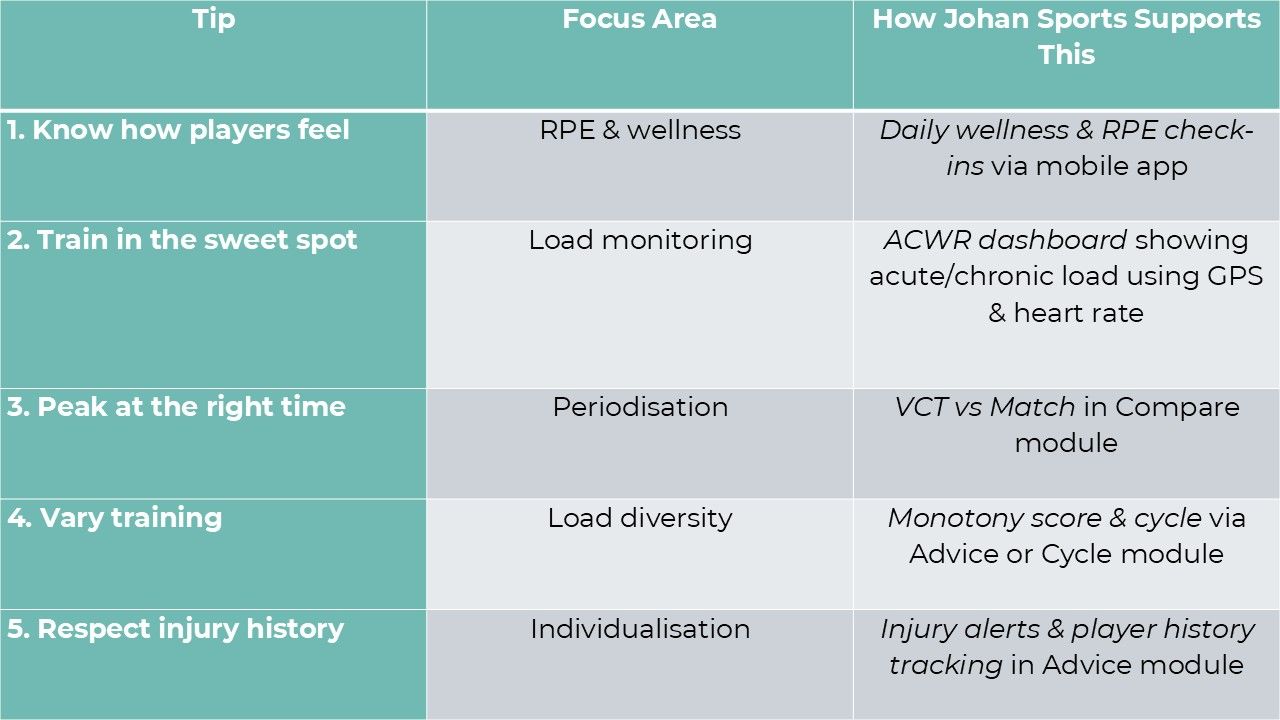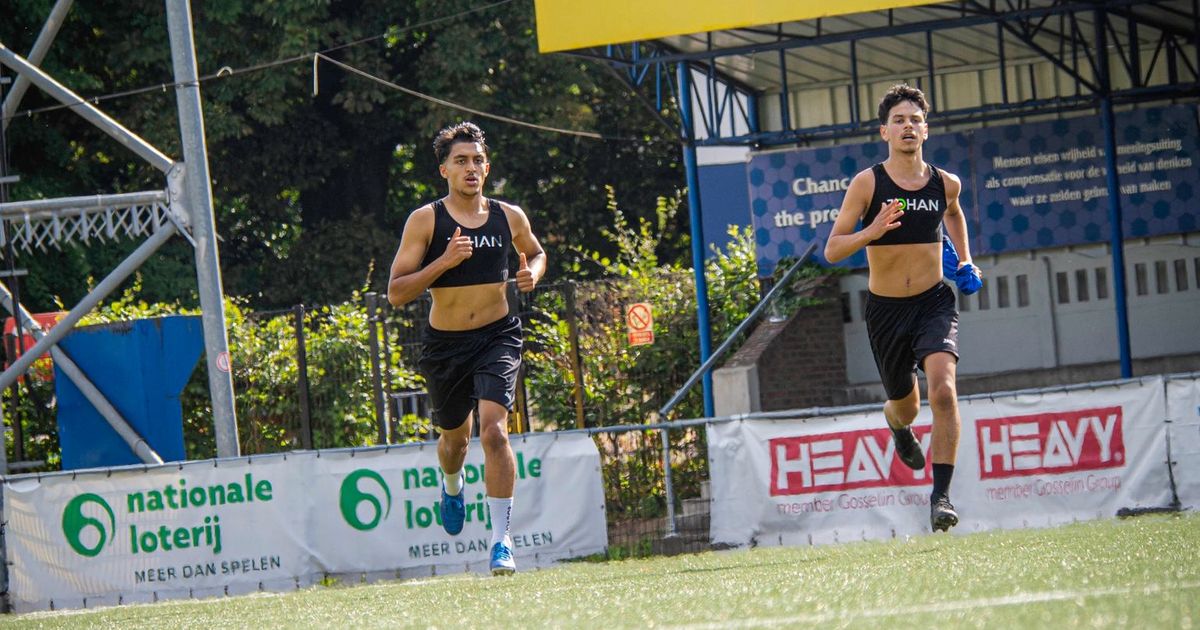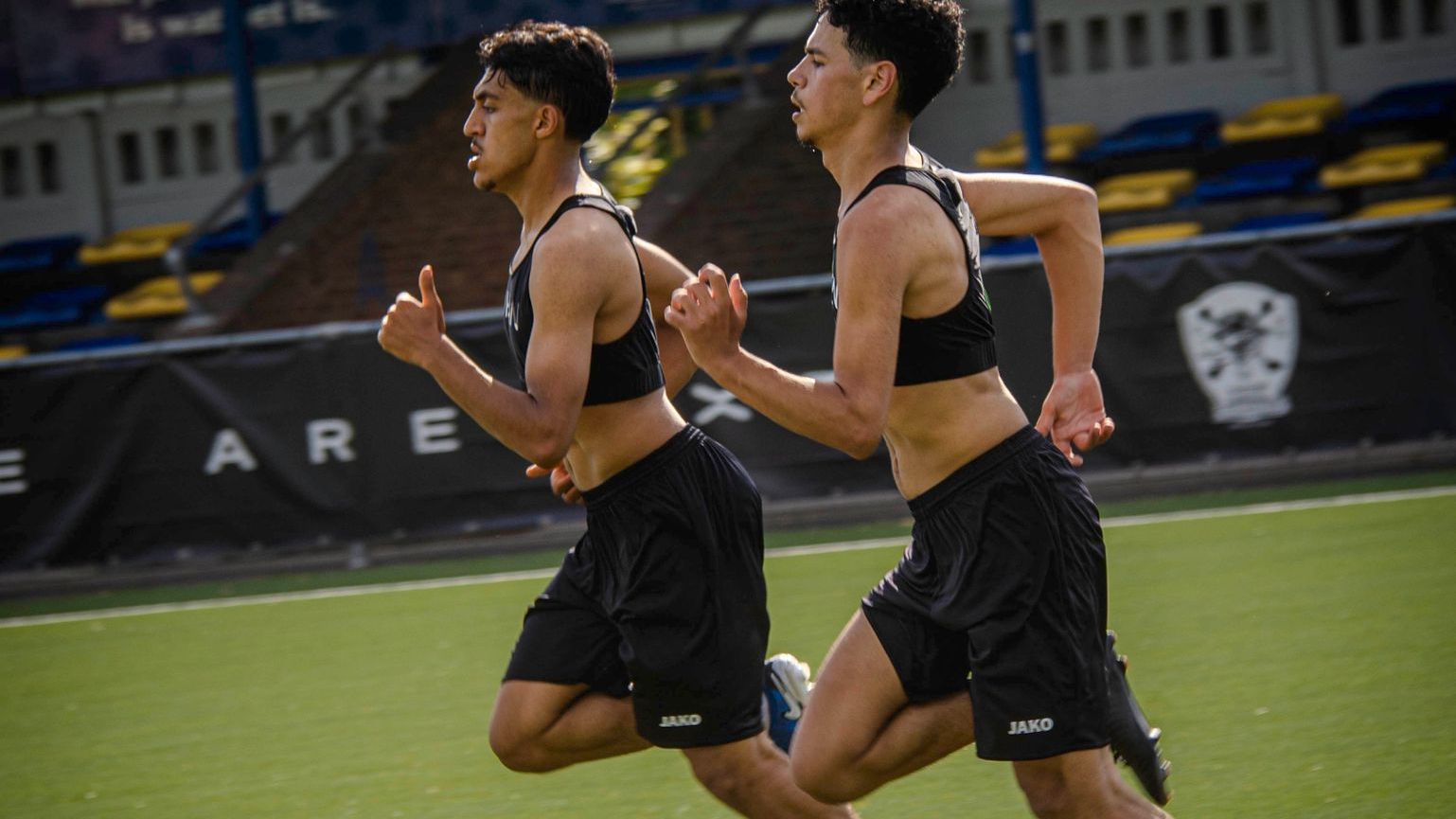Discover how Johan Sports helps teams balance training intensity with injury prevention using real-time heart rate, RPE, and wellness data -- all in one smart system.
Tip 1: Know How Your Players Feel – Every Day
Injury prevention starts with understanding player readiness. In 2025, elite teams rely on daily wellness and RPE tracking to monitor how players respond to training and recovery. With the Johan Sports app, players submit:
RPE (Rate of Perceived Exertion) after each session (scale 1–10)
Wellness scores each morning (sleep, fatigue, soreness, stress, appetite)
Coaches receive instant alerts when a player’s scores deviate from their baseline—enabling early intervention before injuries occur.
“We understand the importance of both mental and physical freshness — and the resilience of this squad has been absolutely vital.” — Arne Slot, Liverpool FC manager
Tip 2: Train in the “Sweet Spot” of Load
The acute:chronic workload ratio, popularised by Tim Gabbett, remains a gold standard in 2025.
Acute load = past 7 days
Chronic load = past 28 days
Sweet spot = 0.8 to 1.3 ratio
Using Johan GPS trackers, coaches can monitor the most impactful performance and recovery parameters:
Total distance
Sprint distance
Number of sprints
Accelerations & decelerations
Maximum speed
Heart rate zone 5
If a player exceeds their sprint load by too much in one week, adjust upcoming sessions to reduce risk.
“You can’t improve what you don’t measure.” — Pep Quardiola, Manchester City Manager.
Tip 3: Peak at the Right Time
To be match-ready, players must be fresh and fit. The most intense training session should be scheduled 3 days before match day.
Reduce volume and duration in the final 48 hours
Maintain intensity to match game demands
Set training targets based on match benchmarks using Johan Sports Live App to ensure every session reaches optimal match intensity.
“We plan the season like a marathon, not a sprint. Timing is everything” — Carlo Ancelotti, formal Real Madrid manager
Tip 4: Vary Training Stimuli to Avoid Overuse
Repetitive drills increase injury risk. In 2025, top teams rotate training formats to expose players to diverse physical and mental challenges. Vary:
Drill types (small-sided games, large-pitch drills)
Training duration and intensity
Mental stimulation (e.g. beach runs, position swaps, cross-training)
“Rest and variation are not signs of weakness. They’re signs of intelligence.” — Virgil van Dijk, captain of Dutch national team
Tip 5: Respect Injury History
Previous injuries are the strongest predictor of future ones. That’s why individualised load management is essential.
Track each player’s injury history
Adjust drills and intensity accordingly
Use targeted exercises (e.g. strength, mobility, yoga)
Collaborate with physios and use preventive tools (e.g. taping, bracing)
“You have to listen to your body — not just your ambition” — Cristiano Ronaldo
Summary: The easiest way to prevent Injury in sports teams anno 2025

Table 1: Five proven strategies to prevent injuries in sports teams and how Johan Sports supports each step.


Have a question or want to request a demo? Contact Johan Sports to learn more about our GPS and heart rate system for football, rugby and hockey teams.
